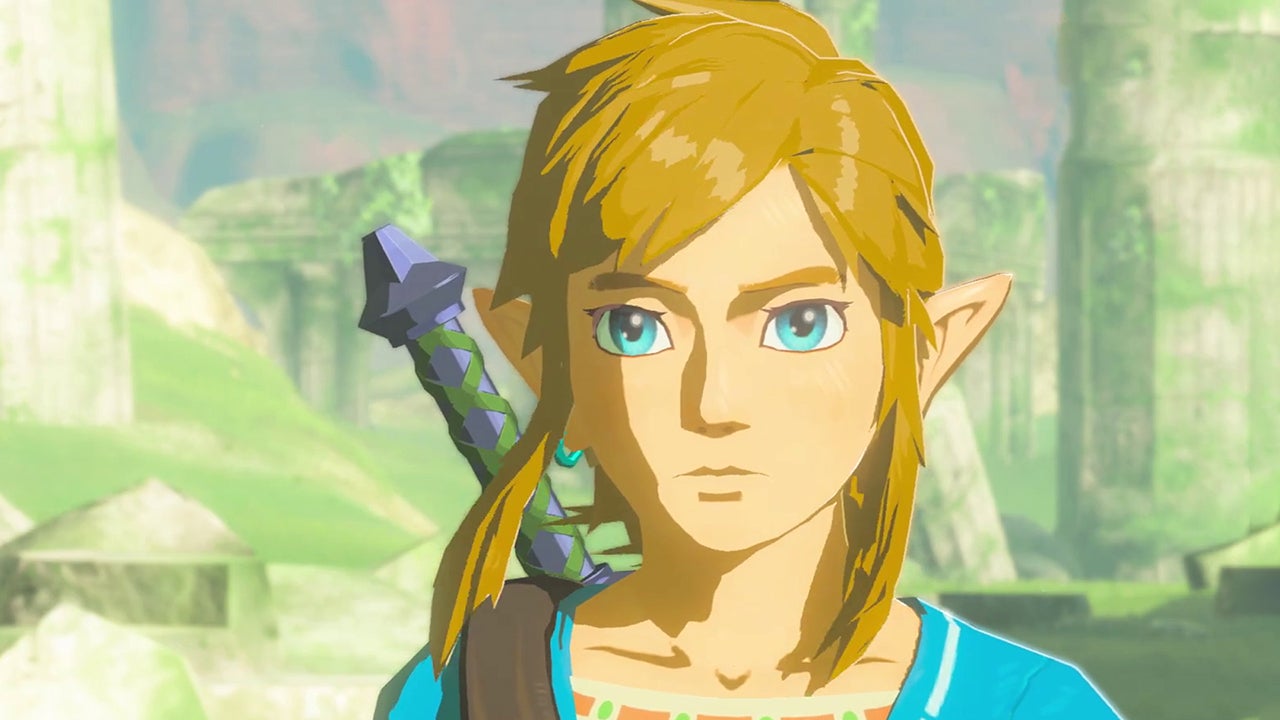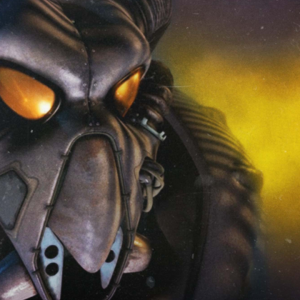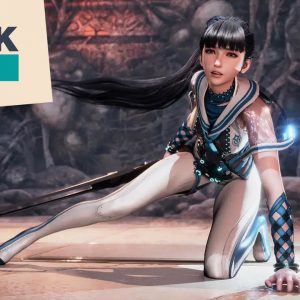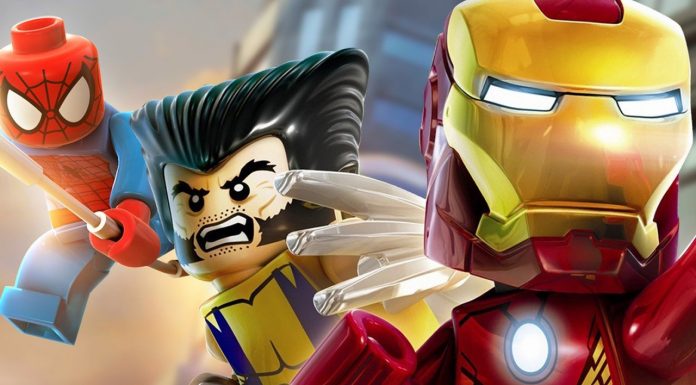
Nintendo has made public a slew of patents seemingly related to abilities and design features from The Legend of Zelda: Tears of the Kingdom, including aspects of Link’s Ultrahand abilities, loading screens, NPC moves, and more.
According to an article from Automaton, the Japanese gaming giant has made public a grand total of 31 patents linked to Tears of the Kingdom in recent weeks. Some of the patents seem to indirectly address a number of Link’s newfound Zonai powers, while others deal with the behaviour of player companions, and more generic aspects of the open world adventure game, such as the game’s physics, and how the thrust from rockets and fans is governed.
A number of the patents were described by Hatena Blog user ‘naoya2K’, including one that detailed the system preventing Link from moving an object with his Ultrahand ability while he is standing on it. Another seemingly addressed the in-game physics that govern how Link shares movement characteristics with a dynamic object, like an ultrahand-constructed car, when he is standing on top of it.
Remote attacks, such as the lightening-based ability of the Gerudo sage Riju were also seemingly the subject of a patent during the regulatory onslaught. A seperate patent appeared to describe the loading screen that occurs during fast travel, which first shows a rendering of the player’s current position on the in-game map, before shifting perspective to the region of the world that the player is warping to.
The broad scope of the patents has prompted a strong reaction from some members of the gaming community, who voiced fears that they could hamper creativity, and pose damaging restrictions on the design of titles being developed by competitors in the future.
In 2008 I wrote my master’s thesis on how patent law in videogames hampers creativity and funnels the industry towards low-risk, highly iterative works. It’s gotten way worse since then.
Nintendo are incredible creatives, but their business ethics have always sucked. https://t.co/pbUP8LGJPA
— TBS | Arya (@AryaTayebi) August 8, 2023
Others worried that Nintendo was engaging in abuse by trying to patent basic video game functions.
At this point Nintendo’s going to patent the elusive and unique JUMPING mechanic https://t.co/KdFrNnLTun
— cheezy (@jewel_rat) August 9, 2023
IGN has reached out to Nintendo for comment.
This wave of anxiety may not be entirely unjustified, especially considering the video game industry’s history when it comes to big companies collecting, and enforcing patents to protect their IPs. Back in 2021 Warner Brothers Interactive Entertainment was able to successfully patent the Nemesis system used in both Middle-Earth: Shadow of Mordor, and its 2017 sequel, Shadow of War. Since then, any developer hoping to create a game featuring a similar system would need to secure a licence from WB, or face a potential lawsuit over its inclusion.
There have also been numerous instances of industry heavyweights suing one another over IP infringement. In 2017 Capcom won almost $1.5 million from fellow publisher Koei Tecmo when it was found that the latter had infringed upon two of its patents relating to haptic systems and the ability to import content from an older game to a new title.
One year later in 2018 Microsoft was sued by Infernal Technologies and Terminal Reality, with the companies accusing the tech giant of infringing patents related to graphical lighting and shadowing methods used in games including Halo 5, Gears of War 4, and Halo 5.
Valve was also targeted for copyright infringement earlier this year in a case related to the Steam Deck’s haptic rumble technology brought by Immersion Corporation – a company known for bringing similar lawsuits against Sony and Microsoft.
IGN gave Tears of the Kingdom a 10/10, describing it as an “unfathomable follow-up” to Breath of the Wild that expanded a world “that already felt full beyond expectation”, while “raising the bar ever higher into the clouds”.
Anthony is a freelance contributor covering science and video gaming news for IGN. He has over eight years experience of covering breaking developments in multiple scientific fields and absolutely no time for your shenanigans. Follow him on Twitter @BeardConGamer
























